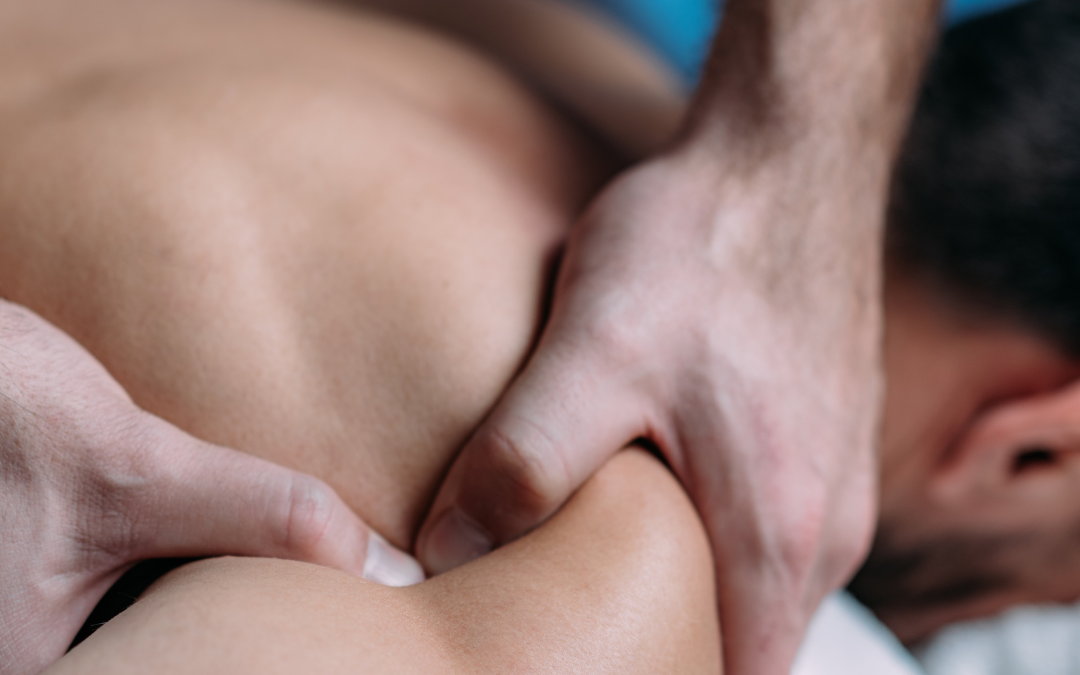
Athletic Recovery: Accelerating Healing and Performance with Sports Massage Therapy
When it comes to maximizing athletic performance and ensuring quick recovery, sports massage therapy stands out as a game-changer. Whether you’re an avid gym-goer, a weekend warrior, or a competitive athlete, understanding how sports massage can influence recovery and performance is crucial. This post will explore the different aspects of sports massage therapy, including its benefits, techniques, and how you can integrate it into your recovery regimen.
What Is Sports Massage Therapy?
Defining the Practice
Sports massage Denver is a specialized form of massage that targets the muscles most affected by your sport or physical activity. It is designed to prepare, treat, and maintain the muscle system, promoting flexibility, reducing fatigue, improving endurance, preventing injuries, and preparing the body and mind for optimal performance.
Who Can Benefit?
- Competitive Athletes: From runners to swimmers, cyclists to football players, all can benefit.
- Fitness Enthusiasts: Regular gym-goers who need to recover from intense workouts.
- Active Individuals: Anyone engaging in regular physical activity.
Benefits of Sports Massage Therapy
Enhanced Recovery
Reduced Muscle Tension and Pain: Sports massage helps alleviate muscle stiffness and soreness after workouts.
Increased Circulation: Enhanced blood flow facilitates quicker recovery by delivering more nutrients and oxygen to the muscles and removing metabolic waste.
Injury Prevention
Flexibility: Regular massage increases flexibility, which can help prevent injuries by allowing the body to move more freely.
Stress Reduction: It can also lower stress levels, which may reduce the risk of tension-related injuries.
Performance Enhancement
Improved Range of Motion: This can lead to more powerful and efficient movements.
Mental Clarity: Many athletes report clearer thinking and better focus during performance after a massage session.
Core Techniques in Sports Massage
Key Methods
- Swedish Massage: Utilizes long, flowing strokes to reduce pain and inflammation.
- Deep Tissue Massage: Focuses on deeper tissue structures with more intense pressure.
- Trigger Point Therapy: Targets specific areas of tension, releasing them with direct pressure.
When to Use Each Technique
- Pre-Event: Light Swedish techniques to stimulate and prepare muscles.
- Post-Event: Deeper techniques to alleviate muscle strain and promote recovery.
- Maintenance: A mix of techniques to preserve muscle integrity and flexibility.
Implementing Sports Massage in Your Routine
Getting Started
- Consult a Professional: Always start by consulting with a licensed massage therapist who specializes in sports therapy.
- Regular Sessions: Depending on your activity level, a bi-weekly or monthly session may be beneficial.
- Post-Workout Massage: Consider timing your massage within a day or two after intense sessions.
DIY Tips for Home
- Foam Rolling: Complement professional sessions with daily foam rolling.
- Stretching: Combine massage with a stretching routine to enhance flexibility and recovery.
Tailoring Sports Massage to Different Sports
Customizing Techniques for Specific Athletic Disciplines
Every sport stresses the body in unique ways, making it crucial to adapt sports massage techniques to cater specifically to the needs of different athletic activities. Here’s how sports massage can be tailored to a few popular sports:
For Runners
Focus Areas: Emphasis on the legs, hips, and lower back.
Techniques: Deep tissue massage to release tightness in the calves and hamstrings and gentle stretching to improve mobility in the hip flexors and ankles.
Frequency: Post-long runs or intense sprint sessions to aid in recovery and prevent overuse injuries.
For Swimmers
Focus Areas: Shoulders, upper back, and chest.
Techniques: Myofascial release to help with shoulder mobility and prevent rotator cuff injuries. Swedish massage strokes to improve circulation and help maintain muscle balance.
Frequency: After intense training blocks or competitions to manage shoulder stress and maintain fluidity in strokes.
For Weightlifters
Focus Areas: Lower back, shoulders, and knees.
Techniques: Combination of trigger point thrapy to address specific knots and heavy muscle use areas, and deep tissue massage for overall muscle recovery.
Frequency: Regular sessions during heavy training periods to prevent strains and enhance muscle recovery.
For Cyclists
Focus Areas: Lower back, quadriceps, and hamstrings.
Techniques: Deep pressure techniques to release tightness in the thighs and calves, along with attention to the lumbar region to alleviate the stiffness caused by long periods of riding.
Frequency: After particularly long rides or races to restore flexibility and relieve muscle fatigue.
Common Questions About Sports Massage
Q1: How often should I get a sports massage?
A1 It depends on your training load and physical condition. However, a good rule of thumb is once every 1-2 weeks for active athletes.
Q2: Can sports massage actually improve performance?
A2: Yes, by increasing range of motion and decreasing muscle stiffness, sports massage can lead to improved performance metrics.
Q3: Is sports massage only for injury recovery?
A3: No, it’s also a proactive measure to prevent injuries and enhance overall athletic performance.
Final Thought
Taking the time to recover properly is as important as the training itself. Sports massage is more than just a luxury; it’s an essential part of an athlete’s regimen to ensure longevity and prevent injury. Remember, a healthier body leads to better performance, and incorporating sports massage into your recovery process is a step towards achieving both.

